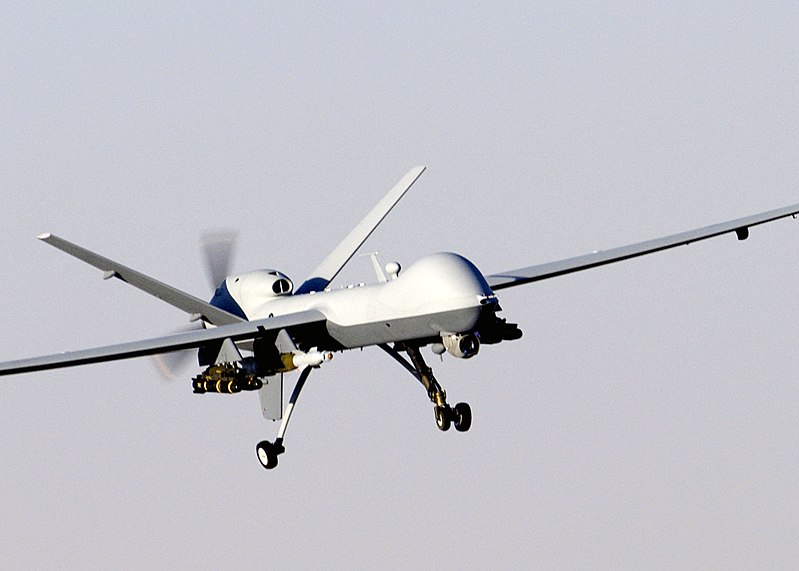Power in Numbers: Think Army Ants
Global intelligent swarming robots with vision sensors are being developed to mimic the capabilities of swarms of insects using cutting edge data and computing technologies. This new field, evolutionary swarm robotics, promises to allow swarming robots to communicate like swarms of bees, flocks of birds, or colonies of bacteria, and to carry out a variety of tasks.
Veritable Flies on the Wall
Harnessing the power of insects, these developments promise to throw a wrench into traditional warfare as human warriors will be unable to see or hear thousands of tiny swarming robots flying around, relaying critical military information to their enemy. Enemies may take the form of invasive species or human foes.
Accelerating Intelligence
Swarming robot researchers are now using distributed autonomous robotic systems to track pheromone-like substances, helping individual members of the swarm to communicate with other members about environmental variables. Based on this information, intelligent swarms will be programmed to act or react by changing the shape, direction, focus, or mission of the swarm.
Finally, as the technology develops, robot swarms will be 3D printed by the thousands in mere minutes. Like a shotgun blast, thousands of expendable swarming robots will be let loose on the enemy.
The following video: “Can a Thousand Tiny Swarming Robots Outsmart Nature?” explains how “kilobots” work.






